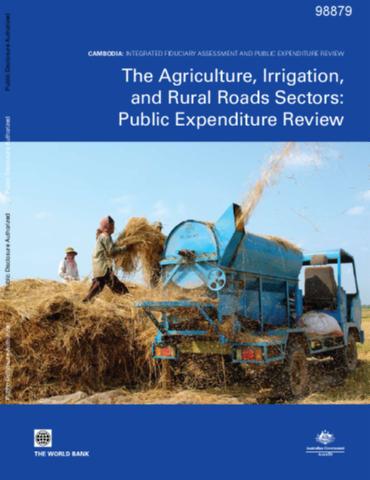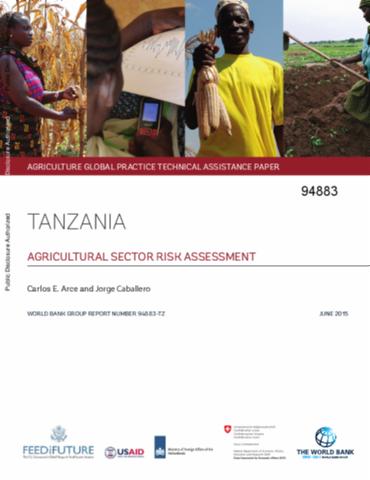The Investigation of the Effects of Conservation and Tourism on Land Tenure and Ownership Patterns in KwaZulu-Natal
Globally, the conservation and tourism sector is being enthusiastically promoted as one of the key mechanisms to catalyze rural local economic development. This is particularly relevant in South Africa where tourism is considered an important sector for Black Economic Empowerment and community development. However, there is increasing concern that the impact of tourism and conservation on local communities is not always beneficial and can include a range of negative livelihoods consequences.











